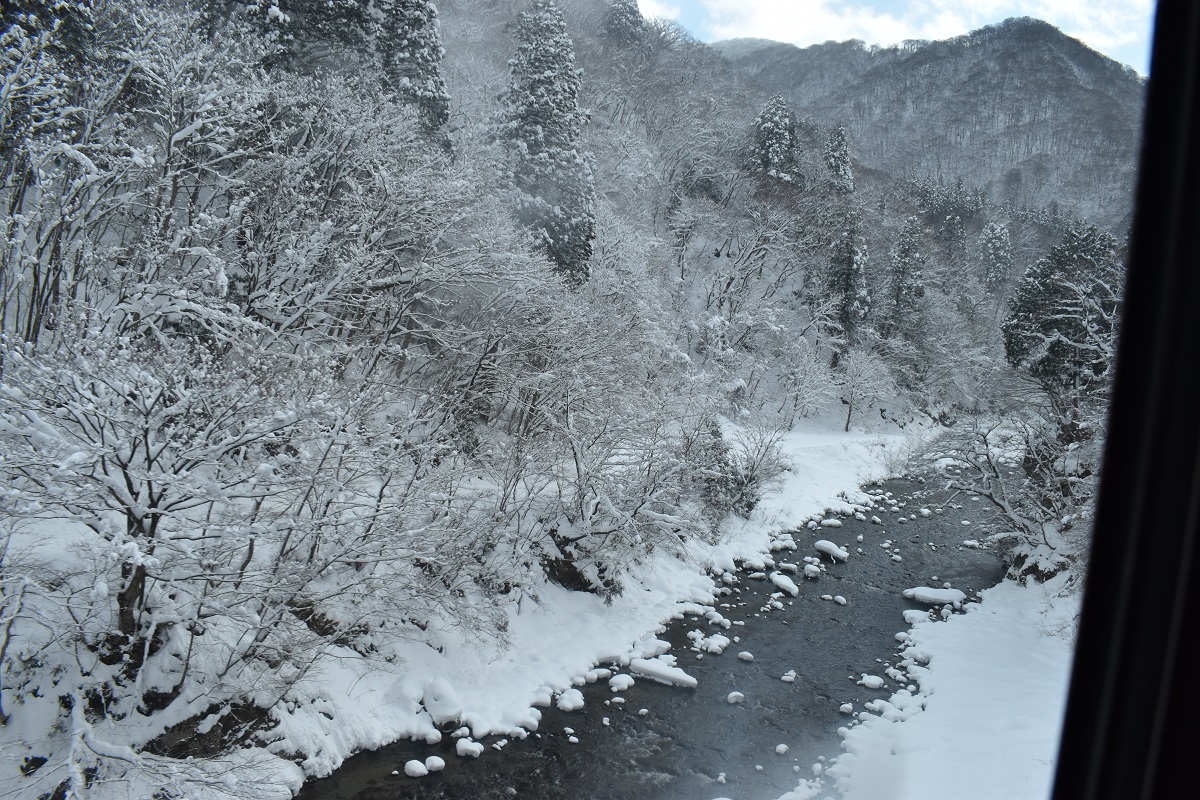In Yamanashi Prefecture, alluvial fans are formed everywhere where rivers flow from steep mountains, and fruit cultivation is popular there. Hokuto City and Nirasaki City are famous for producing peaches, and the peach blossoms, which bloom a little earlier than the cherry blossoms, are enchanting.


If you can, visit in early summer and buy outlet peaches in bulk at a bargain price. At JA(Japan Agricultural Cooperatives) Rihoku, there are several yards (common selection yards) where peaches brought in from producers are sorted and shipped, but peaches that are not of standard quality and are not shipped to the market (this is called “Hangedashi”,meaning out of standard) are sold directly to consumers here. The taste is the same, except that it cannot be shipped to the market due to serious reasons such as a slight scratch on the appearance or a slight problem with the color of the surface. They could be normally displayed in European markets. One box of about 20 pieces costs 2,200 yen. People from neighboring prefectures have been lining up for this event since early morning. In my case, I was late in the morning, so I arrived at 9am and my ticket number was 64.
The system is such that producers bring the peaches they harvested on the day to the common selection yard, sort them, and when the “Hangedashi” boxes are made, people who have tickets are called in turn. I was nervous, but finally, at 11:30, I was called and was able to get a top quality item. Please note that even if you have a numbered ticket, if you are not careful, there are some people, especially elderly people, who will cross your path, so even though there is shade, you will have to wait in line when it is near your turn.

Everyone was looking for the big box, and I witnessed people with ticket numbers far behind the turn snatching up unpopular small boxes. There were also several large fans installed for people waiting outside in the hot weather, but you should be careful as there are times when large ladies occupy the space in front of the rotating fans.

When I spoke to the sorting guy who was waiting for the peaches to be brought in, he said that if the sugar content is high, some parts of the peaches will become bitter due to the hot afternoon sun, so they are removed from even though the “Hanedashi” peaches and they are washed in a special washing machine, and apparently processed into juice after the bitter part is removed.
It is said that peaches will not last long in the hot summer unless they are not only sweet but also sour. By the way, if you buy peaches in bulk and still hard, they will last longer if you store them in the back of the refrigerator compartment where the temperature does not change much. If you take it out 2-3 days before eating, it will become softer and more sweet.
While I was waiting there, I visited the shrine adjacent to the yard, which has a long history with military commander, Takeda Shingen. It looked like the red helmets of the Takeda army.
Detour

Kinseiken, a long-established Shingen mochi(rice cake) shop, only sells Water Shingen mochi on weekends from June to September. This summer water confectionery is made by trapping the delicious water of the valley in agar that has been reduced to an absolute minimum, making it fluffy, and eating it with soybean flour and black sugar syrup, but it dissolves quickly, so it can only be eaten locally. It’s like drinking delicious water. The stores are located in Nirasaki and Daigahara-shukuba. The Daigahara store is located in front of Sake Brewery Shichiken.
























































































































































































































































